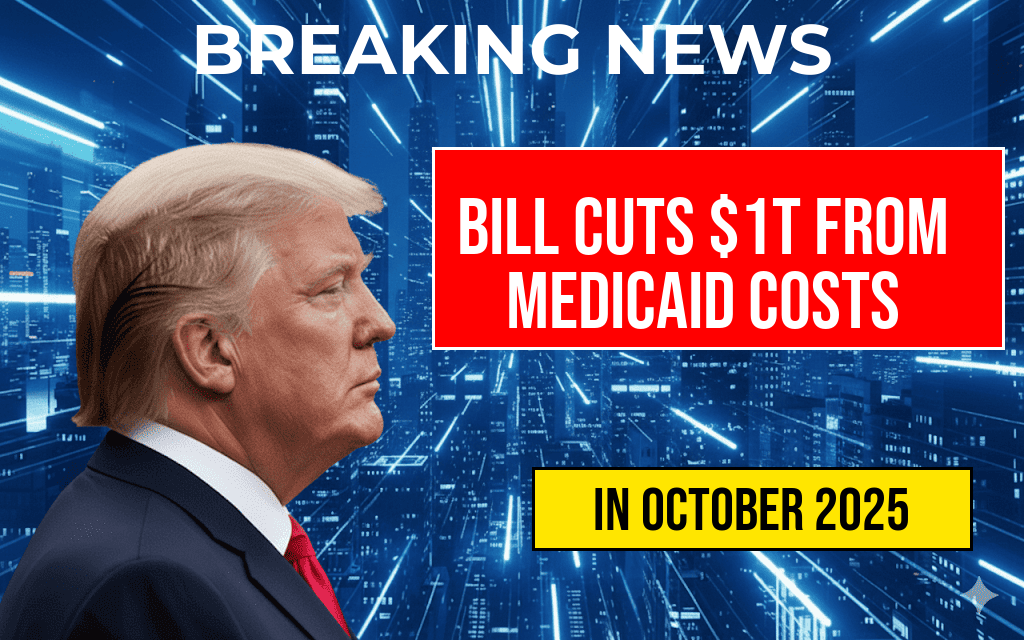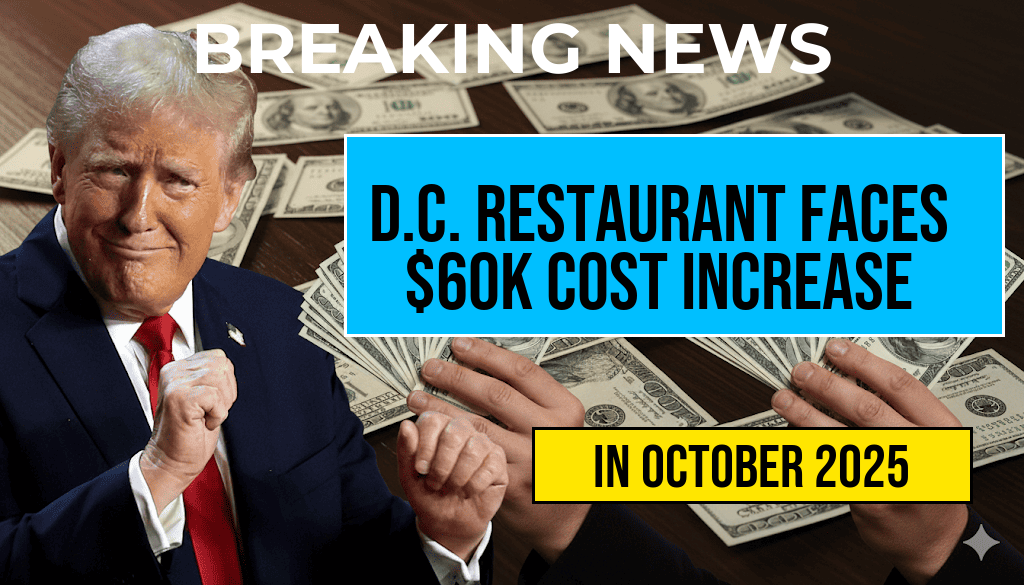Recent warnings from the Congressional Budget Office (CBO) indicate that millions of Americans could soon lose their Medicaid coverage as the pandemic-era protections begin to unwind. This situation arises as states prepare to reassess Medicaid eligibility for millions of beneficiaries, a process that could lead to significant coverage losses. As a result, many individuals may find themselves facing substantial medical bills, including emergency room costs that can easily exceed $1,000. The implications of these changes are profound, potentially pushing vulnerable populations toward financial instability while raising questions about access to healthcare services across the nation.
Understanding Medicaid Coverage and Recent Changes
Medicaid, a vital program providing health coverage to low-income individuals and families, expanded significantly during the COVID-19 pandemic. Enhanced funding and protections allowed millions to retain their coverage, even as economic conditions fluctuated. However, with the public health emergency status set to expire, states are now required to review the eligibility of their Medicaid enrollees.
What the CBO Report Indicates
The CBO’s analysis suggests that approximately 15 million people could lose their Medicaid benefits over the next year. The primary factors contributing to this dramatic decrease include:
- Eligibility reviews that may disqualify individuals who no longer meet income or residency requirements.
- States opting out of the extended federal matching funds that incentivized maintaining coverage.
- Administrative hurdles that can lead to unintentional disenrollment.
Potential Financial Burdens
For many, the loss of Medicaid coverage could lead to unexpected financial strain. Emergency room visits, which are often unavoidable, can result in hefty bills. A recent analysis shows that the average cost of an emergency room visit can exceed $1,000 due to the high costs of treatment, diagnostic tests, and facility fees. Without insurance, patients may face:
- High out-of-pocket expenses that can lead to debt.
- Delayed medical care due to financial constraints.
- Increased risk of health complications from untreated conditions.
Who Will Be Affected?
The impending changes will predominantly impact low-income individuals and families, including those who are:
- Working in service industries with fluctuating incomes.
- Living in states that have not expanded Medicaid under the Affordable Care Act.
- Children and elderly individuals relying on Medicaid for their health services.
State Responses and Mitigation Strategies
States are beginning to implement strategies to manage the transition effectively. Some are providing resources and outreach programs to educate beneficiaries about the upcoming eligibility reviews. Others are developing systems to assist individuals in finding alternative coverage options, such as through the Health Insurance Marketplace.
| State | Estimated Loss of Coverage | Actions Taken |
|---|---|---|
| Texas | 3 million | Outreach programs initiated |
| Florida | 2.5 million | Online eligibility assessments |
| California | 1.5 million | Enhanced enrollment support |
Long-Term Implications for Healthcare Access
The potential loss of Medicaid coverage raises broader concerns about healthcare access in the U.S. As uninsured rates climb, hospitals and clinics may experience increased pressure to provide uncompensated care, leading to financial challenges for healthcare providers. Moreover, communities may see a rise in emergency room visits as individuals forgo preventative care due to costs. This shift could exacerbate health disparities, particularly in underserved populations.
Next Steps for Affected Individuals
Individuals and families facing potential loss of coverage should take proactive steps to understand their options. Resources are available through:
- The Health Insurance Marketplace: [HealthCare.gov](https://www.healthcare.gov)
- Local health departments and community health organizations
- Legal aid services for assistance with Medicaid applications
As millions brace for the upcoming changes, the importance of comprehensive healthcare coverage remains a pressing issue for policymakers and advocates alike. Ensuring that vulnerable populations retain access to necessary services will be crucial in the coming months.
Frequently Asked Questions
What does the CBO report indicate about Medicaid coverage?
The CBO report warns that millions of individuals are at risk of losing their Medicaid coverage due to changes in funding and eligibility requirements.
How might losing Medicaid coverage affect individuals financially?
Individuals who lose Medicaid coverage could face significant financial burdens, particularly if they encounter unexpected medical expenses, such as a $1,000 ER bill, which could lead to debt or financial strain.
What are the implications of a $1,000 emergency room bill?
A $1,000 ER bill can be a substantial financial hit for those without insurance, potentially leading to delayed care or the inability to pay for necessary treatments.
Who is most at risk of losing Medicaid coverage?
Low-income individuals and families, particularly those who have recently experienced changes in their employment or household income, are most at risk of losing Medicaid coverage.
What steps can individuals take to maintain their Medicaid coverage?
Individuals should stay informed about their Medicaid eligibility, report any changes in income or household size, and explore options such as enrollment in other health insurance programs if necessary.






